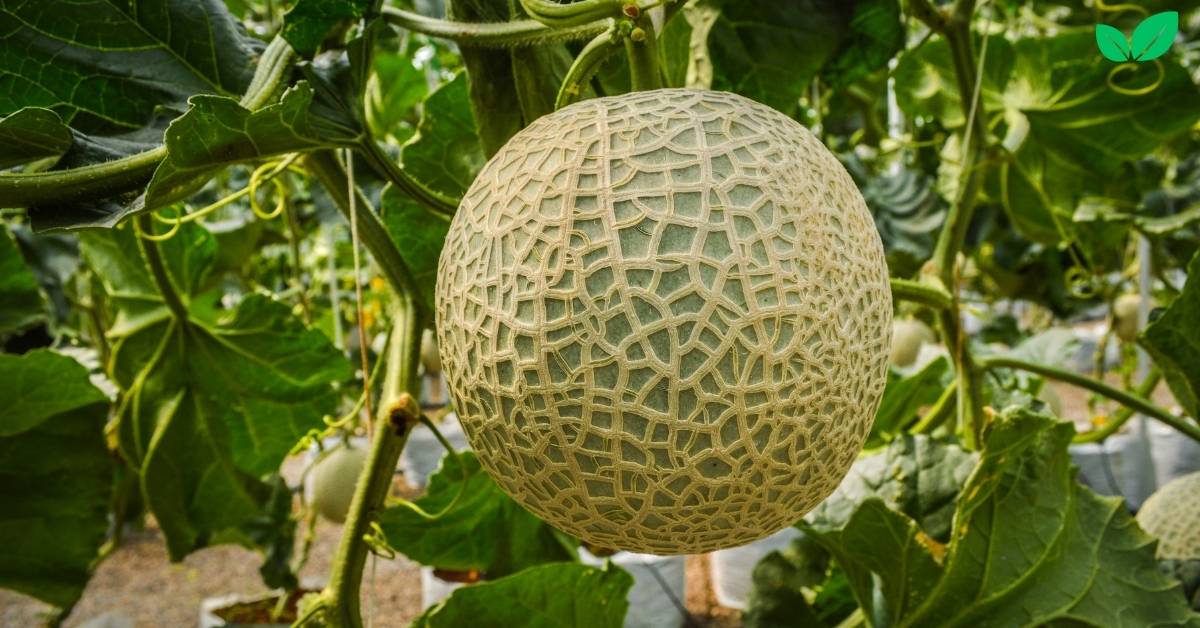Honey dew melon (Cucumis melo var. inodorus) is a popular and widely cultivated fruit known for its smooth, pale rind and sweet, juicy flesh. Part of the Cucurbitaceae family, which includes cucumbers, squash, and pumpkins, honey dew melons are thought to have originated in West Africa and the Middle East. Today, they are grown in temperate and warm climates worldwide, with significant production in the United States, Spain, and China. While commonly enjoyed for its refreshing taste and nutritional benefits, the honey dew melon also plays a role in agriculture, economics, and the environment. This article delves into the environmental niche of honeydew melon, examining its natural habitat, cultivation practices, ecological impacts, and the sustainability challenges associated with its production.
1. Understanding Honey dew Melon
The honeydew melon is a cultivar of muskmelon (Cucumis melo) and is recognized for its sweet, green or pale yellow flesh and smooth rind. Unlike other melons, honeydews have a subtle aroma, which is why they are also classified as “winter melons,” or inodorus, meaning “without scent.” Due to its nutritional profile and refreshing flavor, the honeydew melon has become a staple in diets worldwide, especially in warm-weather regions where the fruit can grow to full ripeness.
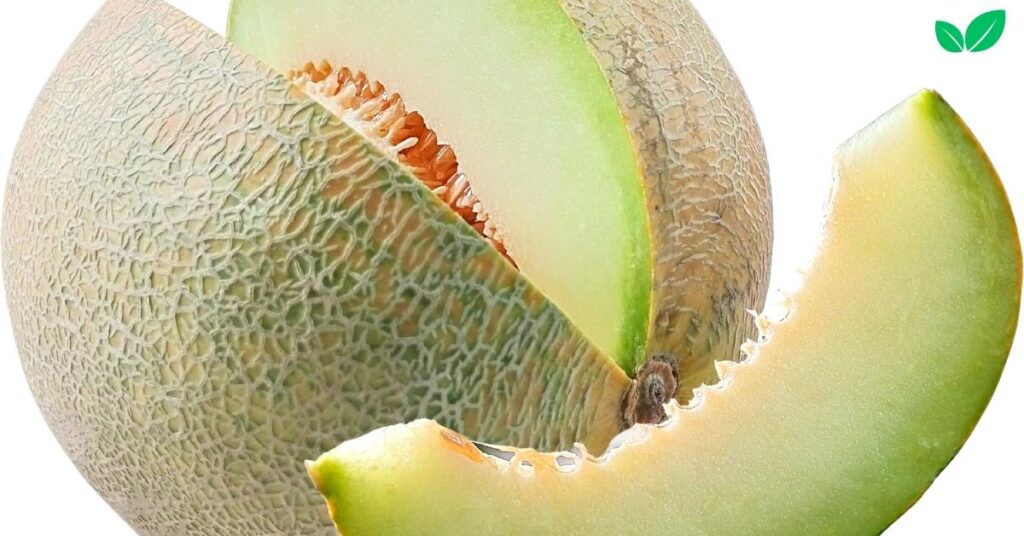
1.1. Physical Characteristics of Honeydew Melon
- Fruit Structure: Honeydew melons are typically round or slightly oval and range from 6 to 9 inches in diameter. They weigh between 4 to 8 pounds on average, though larger specimens are not uncommon.
- Rind and Flesh: The rind of honey dew is smooth, waxy, and ranges in color from pale green to creamy yellow when ripe. Inside, the flesh is usually a pale green and is juicy, sweet, and low in acidity, making it a popular addition to fruit salads, smoothies, and desserts.
- Seeds: Like other melon varieties, honey dew melons contain a central cavity filled with small, tan-colored seeds. These seeds are rich in protein and oil and can be harvested for consumption or planted for future crops.
1.2. Origins and Global Distribution
- Native Range and History: Honeydew melons are believed to have originated in the semi-arid regions of West Africa and the Middle East. The fruit has been cultivated for thousands of years, and historical records show that it was prized by ancient civilizations in Egypt and Persia for its sweetness and hydrating qualities.
- Current Production Regions: Today, honeydew melons are grown globally in regions with warm climates. Major producers include the United States (particularly California and Arizona), Spain, China, and parts of South America. Honeydew thrives in regions with long, hot summers and low humidity, which promote the sweet flavor and high sugar content the fruit is known for.
2. Habitat and Growth Requirements
Honeydew melons thrive in warm, dry climates and require specific environmental conditions for optimal growth. The cultivation of honeydew is dependent on suitable soil, temperature, and water availability, making them well suited for semi-arid and temperate regions.
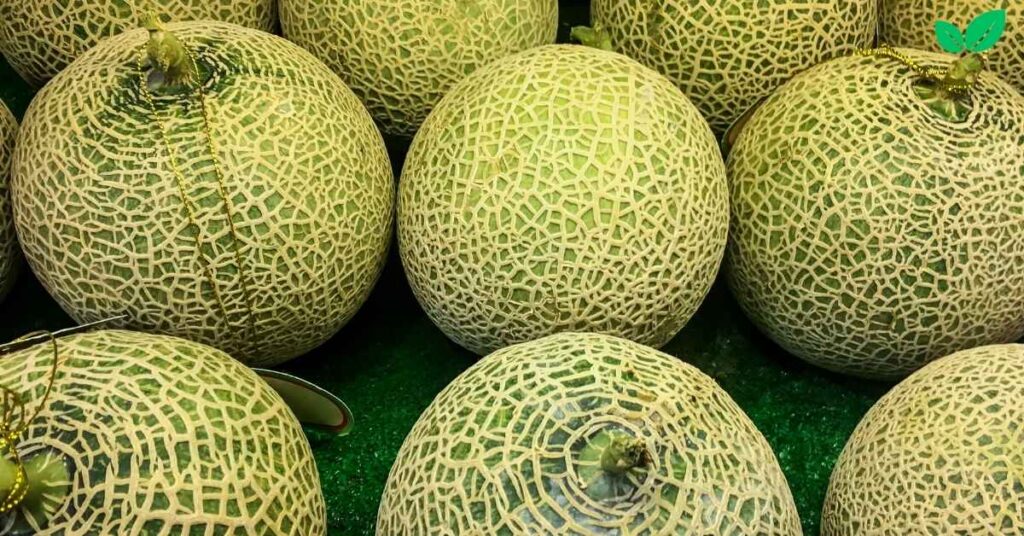
2.1. Climate and Temperature Requirements
Honeydew melons are highly sensitive to temperature and require a long, warm growing season to reach full ripeness:
- Temperature Range: Optimal growth occurs in temperatures between 70°F and 85°F (21°C and 29°C). Consistent warmth throughout the growing season is crucial for promoting sugar development in the fruit, resulting in a sweeter taste.
- Frost Sensitivity: Honey dew melons are highly susceptible to frost, which can damage the fruit and reduce crop yields. For this reason, they are typically planted after the last frost in spring and harvested before the first frost in fall.
- Humidity Tolerance: Honey dew melons grow best in dry or semi-arid conditions. High humidity can increase the risk of fungal diseases, which affect both the fruit and the vine. Well-drained soils and good air circulation are essential to mitigate these risks.
2.2. Soil and Water Requirements
- Soil Preferences: Honeydew melons prefer well-draining, sandy loam soils that are rich in organic matter. Soil pH between 6.0 and 7.5 is ideal, as it allows the plants to absorb essential nutrients and supports healthy growth.
- Water Needs: While honey dews are somewhat drought-tolerant, they require consistent moisture throughout the growing season. Water stress can reduce fruit size and flavor, so careful irrigation is essential. Drip irrigation systems are commonly used to ensure that water reaches the root zone while minimizing water waste and reducing the risk of disease.
2.3. Pollination and Growth Cycle
- Pollination: Honeydew melons are pollinated by bees and other pollinators, which transfer pollen from male to female flowers. Successful pollination is crucial for fruit development, making pollinator health and habitat an important consideration in honey dew farming.
- Growth Cycle: The growth cycle of honey dew melons lasts around 80 to 100 days from planting to harvest. After germination, the plants produce sprawling vines, which can reach several feet in length. The fruit begins to mature around the 50-day mark, and once ripened, they are harvested and prepared for market.
3. Ecological Role of Honey dew Melons
Honeydew melons, like other crops, have an impact on the ecosystems in which they are grown. The role of honey dew melon cultivation extends beyond its nutritional benefits, influencing soil health, biodiversity, and water use in agricultural systems.

3.1. Impact on Soil Health and Structure
- Soil Depletion: Intensive melon farming can lead to soil nutrient depletion, as the plants require nitrogen, phosphorus, and potassium for growth. Without proper soil management and crop rotation, soil fertility can decline, impacting future crop yields.
- Soil Structure and Erosion: Melon vines spread out along the ground, helping to protect soil from erosion caused by wind and water. However, soil compaction from frequent farming machinery can negatively affect soil structure, reducing its ability to retain water and nutrients.
- Cover Cropping and Soil Amendments: Sustainable practices such as cover cropping, adding organic amendments, and reducing tillage help maintain soil health. Cover crops like legumes can replenish nitrogen in the soil, while organic composts improve soil structure and increase water retention.
3.2. Effects on Pollinators and Biodiversity
- Dependence on Pollinators: Honey dew melon plants rely heavily on pollinators, especially bees, for fruit production. This dependence underscores the importance of conserving pollinator populations and providing habitats that support bee health.
- Biodiversity Impact: Large-scale melon farms often lead to habitat loss for local wildlife, as natural habitats are cleared to make way for crop fields. Integrating native plant species around fields can help support biodiversity by providing shelter and food for local wildlife.
- Beneficial Insects: Honeydew melon fields can support beneficial insect populations, such as ladybugs and predatory beetles, which control pests naturally. By reducing pesticide use and fostering habitat for these insects, growers can promote a balanced ecosystem within their fields.
3.3. Role in Water Management and Conservation
- Water Use in Irrigation: Honey dew melons require regular watering, which places demands on water resources, especially in arid regions where water scarcity is a concern. Efficient irrigation practices, such as drip irrigation, help conserve water by targeting the root zone and minimizing evaporation.
- Water Quality Concerns: The use of fertilizers and pesticides in melon farming can lead to runoff, which can contaminate nearby water bodies. Sustainable farming practices, such as buffer zones and soil erosion control, help reduce the risk of water pollution.
- Rainwater Harvesting: In regions with seasonal rainfall, rainwater harvesting systems can supplement irrigation needs, reducing the reliance on groundwater and surface water sources. This approach supports water conservation efforts and provides a renewable water source for farms.
4. Economic and Cultural Significance of Honeydew Melon
Honey dew melons hold economic and cultural importance worldwide, providing livelihoods for farmers and contributing to local and global markets. The fruit’s nutritional benefits and versatility also make it a staple in many diets.
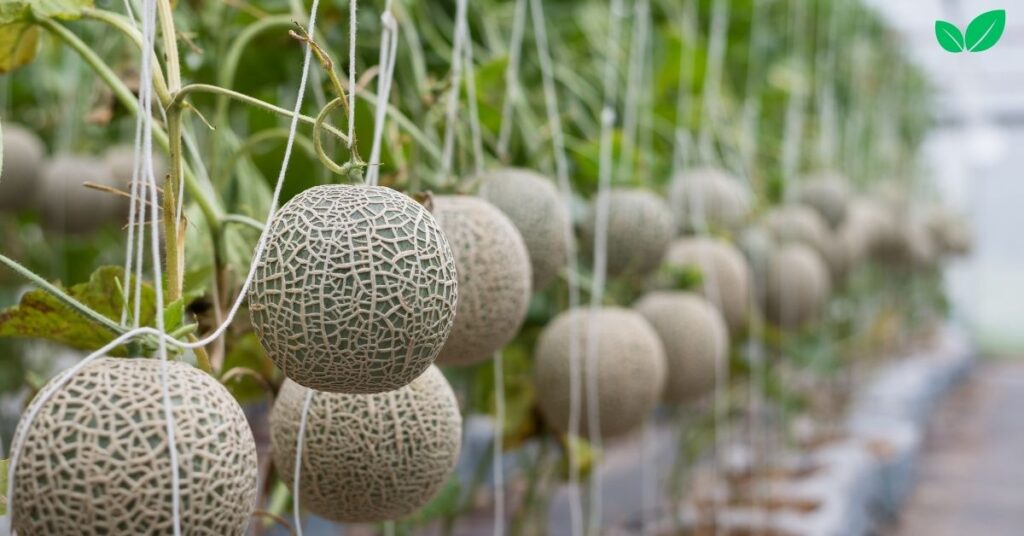
4.1. Economic Value and Global Production
- Major Producers: The top producers of honey dew melons include the United States, China, and Spain. These countries grow honey dew melons on a large scale, often exporting the fruit to meet international demand.
- Market Demand: The demand for honeydew melons has grown globally due to their health benefits, which include being a rich source of vitamins C and B6, as well as potassium and fiber. This demand has led to the establishment of melon farms worldwide, creating jobs and supporting local economies.
- Value-Added Products: Beyond fresh consumption, honey dew melons are used in value-added products such as juices, smoothies, and jams. These products expand the fruit’s market reach and create additional revenue streams for producers.
4.2. Cultural Significance and Culinary Uses
- Traditional Uses: Honeydew melons have been enjoyed for centuries, particularly in the Middle East, where they were cultivated for their sweet, refreshing flavor. In Persian and Egyptian cultures, melons were considered a delicacy and were often served during festivals and celebrations.
- Culinary Applications: Today, honeydew melons are used in various cuisines, from salads and desserts to savory dishes that pair melon with prosciutto or other cured meats. Its versatility makes it a popular ingredient in global culinary traditions, and its flavor complements a wide range of foods.
- Health Benefits: Honeydew melons are celebrated for their high water content and low-calorie profile, making them a popular choice for hydration and as part of weight-loss diets. They are also a source of antioxidants and nutrients that support immune health, heart function, and digestion.
5. Sustainability Challenges in Honeydew Melon Cultivation
While honey dew melon cultivation provides economic and nutritional benefits, it also poses sustainability challenges related to water use, soil health, and pest management. Addressing these challenges is essential for maintaining the long-term viability of melon farming.
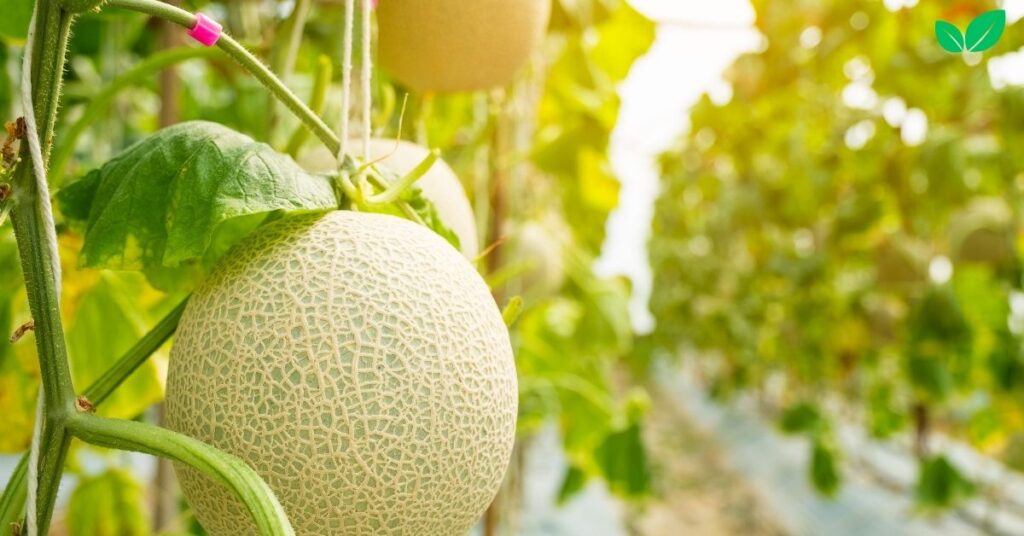
5.1. Water Scarcity and Efficient Use
- High Water Demand: Honeydew melons require consistent irrigation, especially in arid regions, which can strain local water resources. Over-extraction of groundwater for melon farming can lead to water shortages and negatively impact surrounding ecosystems.
- Sustainable Irrigation Practices: Using water-efficient irrigation systems, such as drip irrigation and soil moisture sensors, helps reduce water waste and ensures that water is used effectively. These systems are essential in regions where water is a limited resource.
- Water Conservation Efforts: Farmers can implement water conservation practices such as mulching and cover cropping, which reduce soil evaporation and retain moisture. These efforts help reduce the overall water footprint of honey dew melon production.
5.2. Soil Health and Nutrient Management
- Nutrient Depletion: Intensive farming of honey dew melons can deplete soil nutrients, especially nitrogen, potassium, and phosphorus, which are essential for melon growth. Without proper nutrient management, soil fertility can decline over time.
- Organic and Sustainable Fertilization: Organic fertilizers, crop rotation, and composting can help maintain soil health and reduce the need for synthetic fertilizers. Sustainable nutrient management practices improve soil quality and support long-term productivity.
- Soil Erosion and Conservation: The sprawling growth habit of melon plants can expose soil to erosion. Soil conservation practices, such as reduced tillage and cover cropping, help protect soil structure and prevent nutrient loss.
5.3. Pest and Disease Control
- Pesticide Use and Environmental Impact: Pests like aphids, beetles, and fungal pathogens pose challenges for melon growers, leading to pesticide use. However, excessive use of pesticides can harm beneficial insects, contaminate water sources, and impact biodiversity.
- Integrated Pest Management (IPM): IPM practices reduce reliance on chemical pesticides by incorporating biological control methods, crop rotation, and resistant cultivars. These practices promote a balanced ecosystem and help protect pollinators and beneficial insects.
- Fungal Diseases and Climate Impact: Fungal diseases, such as powdery mildew and fusarium wilt, thrive in warm, humid conditions. Climate change may increase the prevalence of these diseases, making it crucial for farmers to adopt disease-resistant varieties and effective crop management practices.
6. Conservation and Future of Honeydew Melon Cultivation
As global demand for honey dew melon continues to grow, conservation efforts and sustainable practices are essential to ensure the fruit’s availability for future generations. Research and innovation in melon farming can help address environmental challenges and improve production efficiency.
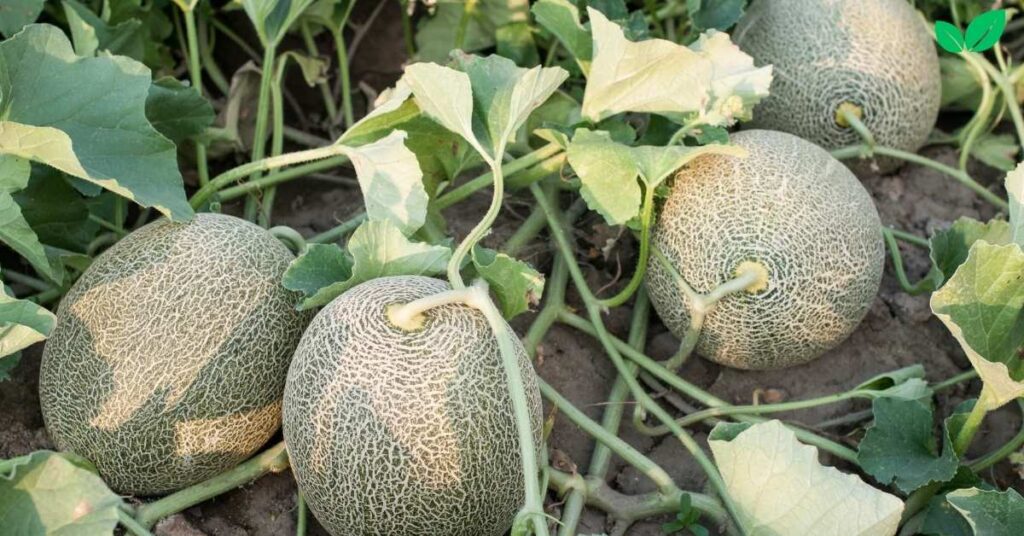
6.1. Developing Climate-Resilient Varieties
- Breeding Programs: Plant breeding programs are working to develop honey dew melon varieties that are resistant to pests, diseases, and drought. These varieties help reduce the need for chemical inputs and make melon farming more resilient to climate change.
- Adaptation to Temperature Extremes: Researchers are exploring heat-tolerant melon varieties that can withstand higher temperatures and continue to produce quality fruit. These adaptations are crucial as global temperatures rise and growing conditions become more variable.
- Genetic Diversity and Conservation: Conserving the genetic diversity of melon species is essential for breeding resilient cultivars. Efforts to protect wild relatives of honeydew melons ensure a reservoir of genetic traits that can be used in future breeding programs.
6.2. Encouraging Sustainable Agricultural Practices
- Soil and Water Conservation: Sustainable practices, such as reduced tillage, mulching, and soil amendment with organic matter, help maintain soil health and reduce the environmental impact of melon farming. Efficient water use and conservation methods further support sustainable production.
- Agroecological Approaches: Integrating honeydew melon cultivation with agroecological practices, such as crop rotation, polyculture, and cover cropping, enhances biodiversity and promotes soil health. These approaches create a more resilient agricultural system that is less dependent on chemical inputs.
- Farmer Education and Community Engagement: Educating farmers on sustainable techniques, such as IPM and efficient irrigation, is essential for long-term environmental stewardship. Community engagement and support networks empower farmers to adopt sustainable practices and share knowledge.
Conclusion
Honeydew melon is a valuable fruit crop that provides nutritional, economic, and cultural benefits to communities worldwide. While its cultivation supports local economies and contributes to global food security, honey dew melon farming also faces sustainability challenges, particularly related to water use, soil health, and pest management. Through sustainable agricultural practices, conservation efforts, and research into resilient melon varieties, the long-term viability of honey dew melon cultivation can be secured.
Addressing the environmental impact of honey dew production requires a balance between agricultural needs and ecological conservation. By embracing sustainable practices, farmers and consumers can contribute to a future where honey dew melons continue to thrive while supporting the health of ecosystems. As we work to conserve natural resources and promote biodiversity, honeydew melon production can serve as a model for sustainable agriculture, ensuring that this beloved fruit remains a staple for generations to come.
Read More: Dew Melon: The Green Marvel Fueling Sustainable Health and Wellness

